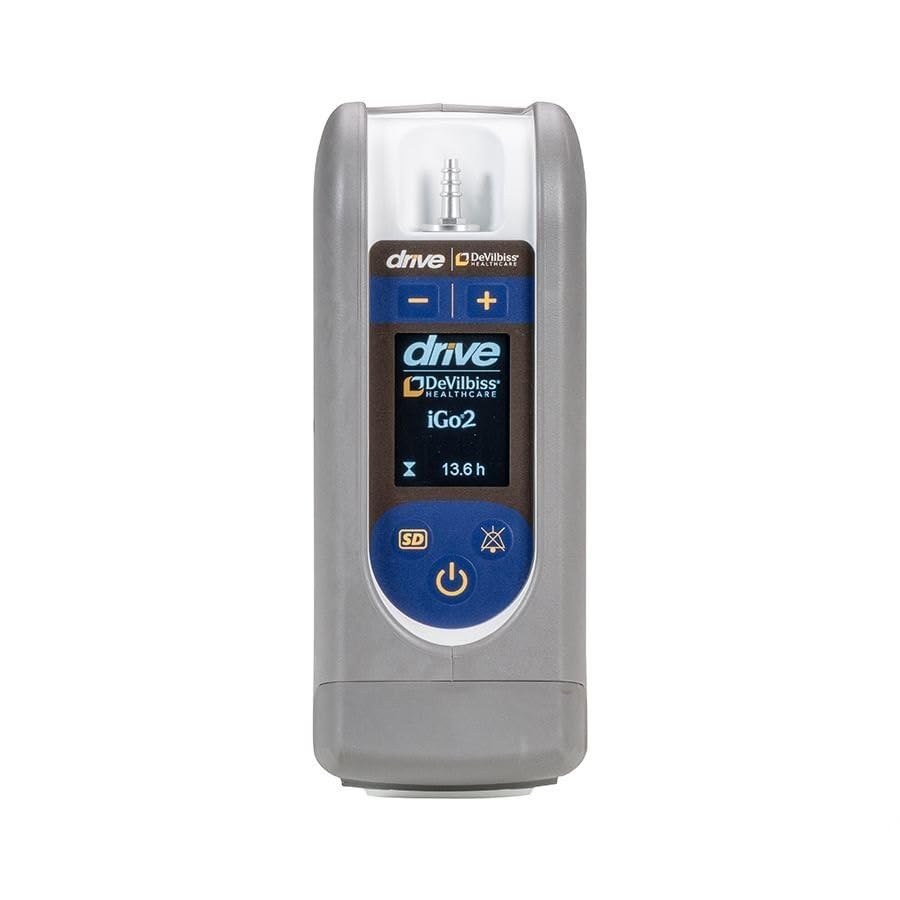Whether care is provided at a hospital, nursing home, or a patient’s home, ensuring high safety standards should be a top priority. Caregivers must take proactive steps to ensure that the environment is free from hazards and that adequate measures have been implemented to monitor patients’ health. Here we will look at some essential actions aimed at improving safety in nursing homes and home care.
Train Staff on Detecting and Reporting Changes in Patients’ Health
Caregiving staff should receive comprehensive training on how to recognize changes in a patient’s health as well as the best strategies to respond to them. This includes learning how to recognize signs of infection, trauma, and other health complications. In order to do so, staff should monitor numerous factors, such as:
- vital signs;
- level of weakness;
- appetite;
- skin changes;
- urination;
- speech;
- walking difficulties;
- sleeping difficulties;
- confusion;
- agitation;
- irritability.
Being able to detect health changes quickly and accurately is crucial when ensuring patients’ safety.
Caregivers should also know how to respond properly to these changes. Responses may range from alerting the doctor on call to initiating a medical emergency procedure.
Ensure Infection Control Measures Are in Place
Pathogens are a significant threat to patients’ health. In order to ensure safety in nursing homes and home care settings, it’s essential to take measures to control their spread.
First of all, both staff and patients should follow a number of helpful practices, such as using proper handwashing techniques and avoiding sharing towels or other items that may spread germs.
Nursing homes should have very strict cleaning protocols for both public and private areas. These range from ensuring that all surfaces are regularly disinfected to providing medical-grade cleaning supplies for staff to use.
Sheets on hospital beds, towels, and other items should be changed frequently to ensure they don’t become a breeding ground for various pathogens.
It’s also recommended that caregivers use personal protective equipment (PPE) when attending to patients with known or suspected infections. This includes wearing gloves, face masks, and gowns when appropriate.
Implement Effective Access Control Solutions in Nursing Homes
Nursing homes should implement effective systems to ensure that only authorized individuals can access the premises.
Common access control measures for healthcare facilities include card and fob readers and analog camera systems to which only those possessing the right credentials can access the premises. Digital credentials are also becoming very popular. Instead of using cards or fobs, caregivers and other staff members can now use their mobile devices to authenticate themselves.
Nursing homes should also have a modern office building intercom system, which is also necessary to verify the identity of guests and other temporary visitors.
Certain parts of the facility may be particularly sensitive and need reinforced access control solutions. This could be the case of server rooms or medicine storage areas, where access should be strictly limited to authorized personnel. In this case, nursing homes should consider implementing biometric recognition technologies, which work by recognizing individuals based on their fingerprints or facial features. It can also help to use multi-factor authentication procedures that require users to use two or more credentials to access the area.
Make Sure All Necessary Equipment is Available in Home Care
When choosing home care equipment, you should consider the patient’s specific needs. Assess their current medical conditions, mobility issues, and their day-to-day routine to decide which types of equipment can help them.
For instance, certain patients may require oxygen concentrators to deal with breathing problems, while others may need shower chairs to ensure safety in the bathroom. Other commonly used pieces of home care equipment include bed rails and lift chairs for those with mobility issues and walkers or wheelchairs for those who cannot move around by themselves.
All equipment needs to meet safety standards and regulations. It should also be regularly inspected for any signs of damage or wear (and replaced when needed). Obviously, staff must be trained on how to use any piece of equipment properly.

Secure Kitchens, Bathrooms, and Other Rooms in Home Care
In order to ensure the safety of home care patients, all parts of the residence must be properly secured.
In the kitchen, you should remove any potential hazards, such as sharp objects or toxic substances. Moreover, you should ensure that all appliances are both in good working order and used according to safety guidelines.
The bathroom is another area where safety must be a priority. This includes providing the necessary features and equipment to prevent falls, such as grab bars and non-slip mats.
In other areas of the home, you should secure any objects that could become a tripping hazard or otherwise cause a problem. All pieces of furniture should be placed in a way that makes it easy for the patient to move around safely.
Finally, you should ensure that all doors leading out of the residence are properly secured. This minimizes the risk of patients getting lost or wandering away from home care by mistake.





























